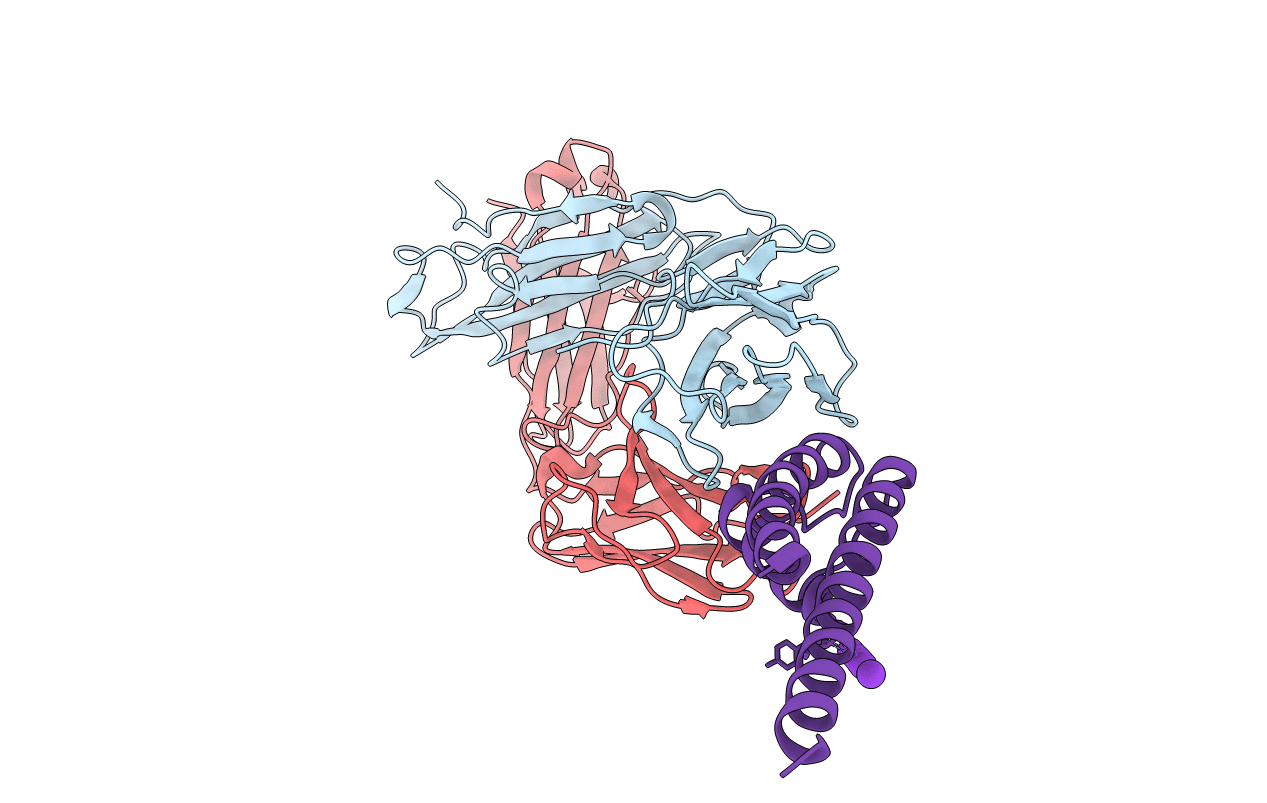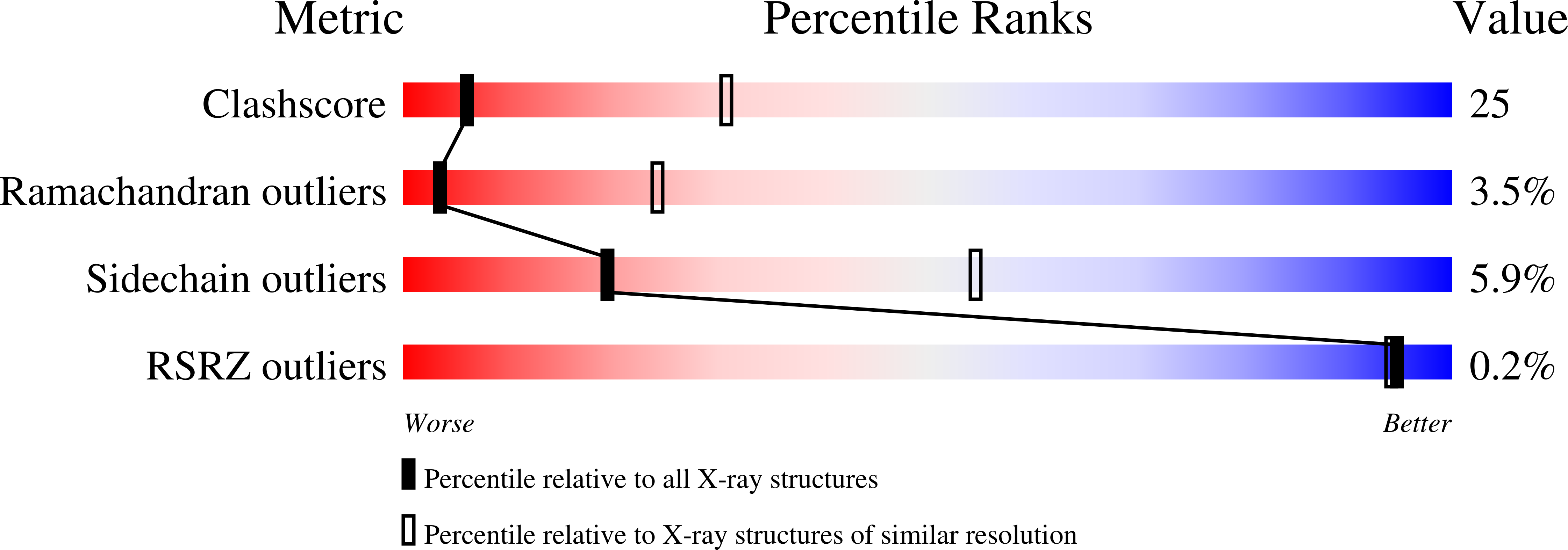
Deposition Date
2009-06-04
Release Date
2010-06-23
Last Version Date
2024-10-16
Entry Detail
PDB ID:
3HPL
Keywords:
Title:
KcsA E71H-F103A mutant in the closed state
Biological Source:
Source Organism:
Mus musculus (Taxon ID: 10090)
Streptomyces lividans (Taxon ID: 1916)
Streptomyces lividans (Taxon ID: 1916)
Method Details:
Experimental Method:
Resolution:
3.20 Å
R-Value Free:
0.26
R-Value Work:
0.21
Space Group:
I 4


